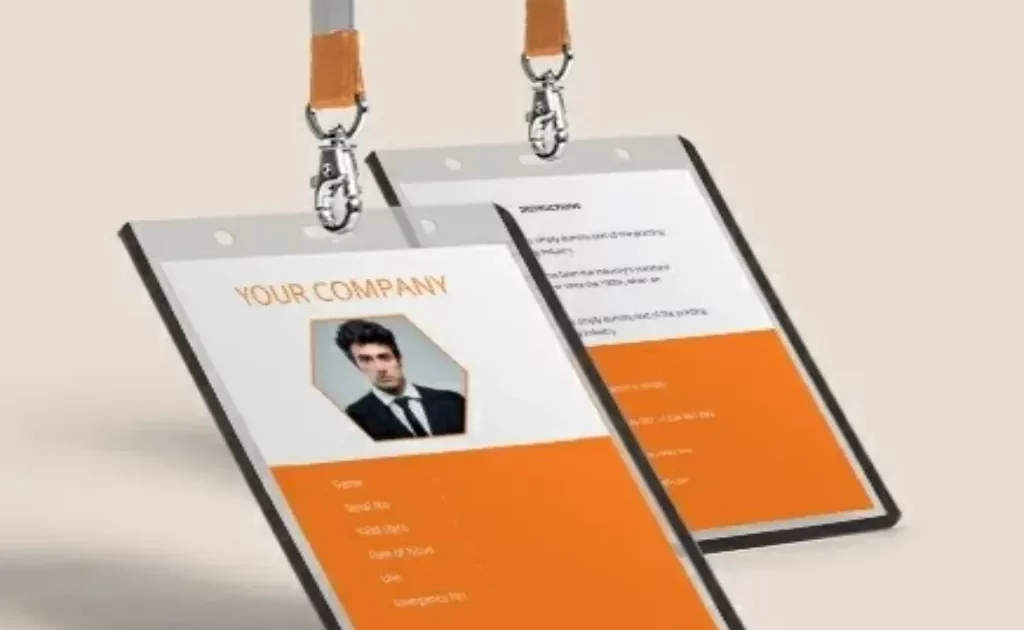Employee ID cards have become an essential part of modern workplace culture. It serves as an identification card, a security measure, and a symbol of unity and belongingness. ID cards are used by organizations to grant access to certain areas, to track employee attendance, to identify personnel, and more. To ensure the smooth functioning of the workplace, it’s essential to have employee ID cards printed for employees from a id card printing service provider.
The process of printing employee ID cards can vary depending on the organization’s size, the number of employees, and the security requirements.
However, some basic steps apply to all organizations.
Designing the ID Card
The first step in printing employee ID cards is designing the card: The design should be simple, easy to read, and include essential information such as the employee’s name, photograph, job title, and department. Many companies prefer to use their branding colors and logos to make the card look more professional and polished. The card should also have a unique identification number, barcode, or QR code to facilitate easy tracking. To design the ID card, organizations can use services from www.printmaxindia.com
Choosing the ID Card Printing Method
The next step is choosing the printing method. The two most popular methods for printing employee ID cards are digital printing and thermal printing.
Digital printing involves printing the design directly onto the card. This method allows for full-color printing and is ideal for small batch printing. However, it can be expensive and time-consuming.
Thermal printing, on the other hand, involves printing the design onto a transparent film, which is then transferred onto the card using heat. This method is faster, more cost-effective, and ideal for high volume printing.
There are two main types of cards used for printing employee ID cards –
- PVC cards and
- proximity cards.
PVC cards are standard plastic cards that can be printed on using digital or thermal printing.
Proximity cards, on the other hand, contain a chip that stores employee information and can be used for access control. Proximity cards require specialized printers and software to print.
Printing the ID Cards: Organizations should consider printing a sample card to ensure that the design and printing quality meet their expectations before ordering bulk quantities. After the printing is complete, the cards should be checked for any errors, such as smudging or misprinting.
Distributing the Cards: The final step is distributing the cards to employees. Organizations should have a system in place to distribute the cards efficiently. The cards can be distributed to employees during the onboarding process, or they can be sent to employees through internal mail or courier services.
Organizations should also have a process for replacing lost or damaged cards. Employees should be informed of the importance of keeping their ID cards safe and should be instructed on the procedure for reporting lost or damaged cards.
Conclusion
Printing employee ID cards is a crucial aspect of modern workplace culture. It serves as an identification card, a security measure, and a symbol of unity and belongingness. The process of printing employee ID cards can vary depending on the organization’s size, the number of employees, and the security requirements.





